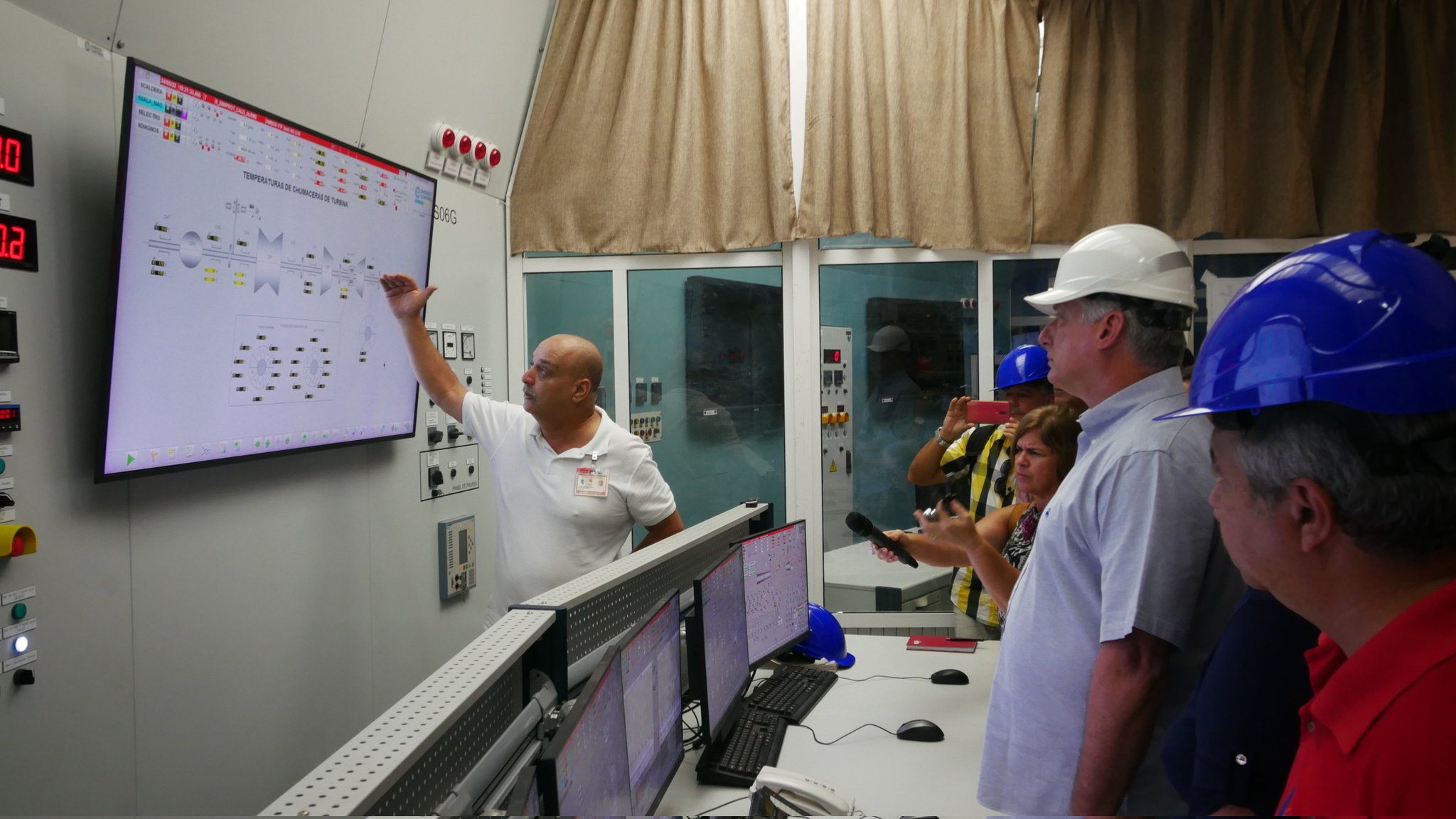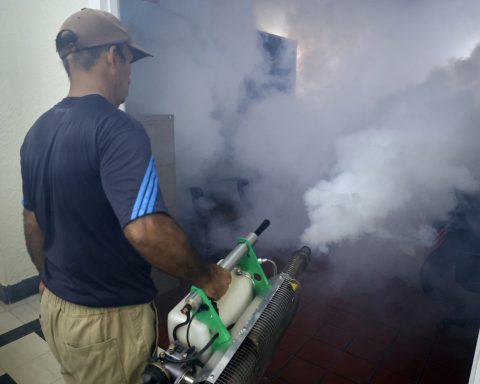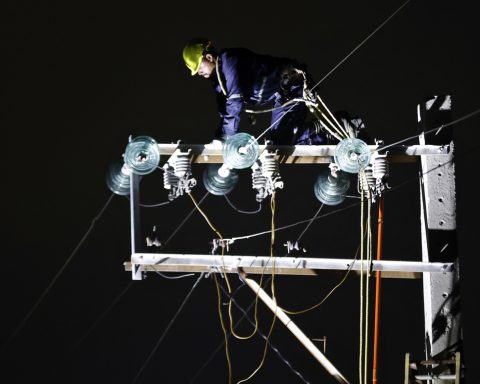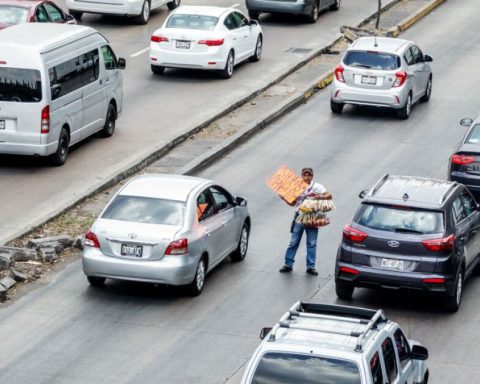The president of Cuba, Miguel Díaz-Canel, affirmed this Saturday that “new investments” will allow the incorporation of an additional 450 megawatts (MW) to the national electricity system to “minimize” blackouts before the end of the year.
During a tour of two Thermoelectric Power Plants (CTE) in Mariel and Santa Cruz, in the west of the country, the president said that “financing has been given for investments in new technologies”, although he did not specify the amount of the same, nor the origin .
Power cuts caused by failures and breakages in old-fashioned thermoelectric plants, lack of fuel and scheduled maintenance, are becoming more frequent in the country. In this regard, the Cuban leader added that “parts and components are entering the country that will allow the generation to recover.”
Another of the Government’s purposes is to add 280 MW to thermal generation and between 180 and 190 MW to that distributed before the end of December, according to the Presidency on Twitter.
Developing investments, carrying out maintenance in 2023 to achieve stability and changing the energy matrix are also part of the presented government plan, which also includes new measures “aimed at high consumers”, assured the Presidency without giving more details of the matter.
Good day, #Cuba! ??
At this minute the President arrived @DiazCanelB to the Máximo Gómez Thermoelectric Plant, in Mariel.
Its unit 8, which went out of service last night, is already in the start-up process and should be online at noon today with 85 MW.
— Cuba Presidency ?? (@PresidenciaCuba) August 27, 2022
The state-owned company Unión Eléctrica (UNE) of Cuba predicted new and long blackouts for this Saturday, August 27, due to a high deficit of 46% of the maximum generation capacity during peak hours. With this situation, the long and annoying power outages will continue in all the country’s provinces, including Havana.
The situation of the last few hours has been very tense due to breakdowns in different units, of which only the leak in the boiler of block 5 of Nuevitas, in Camagüey, has not been solved. Taking this into account, the generation capacity at the time of greatest demand this Saturday will amount to 2,186 megawatts (MW), while the maximum demand will be 3,200 MW, so the calculated deficit will be around 1,014 MW.
The state company also calculates a maximum impact of 1,084 MW during peak hours, and 980 MW during the day. These indicators are not expected to vary too much in the coming days, so the month of August may close with records of blackouts in all its days, a worse scenario than that experienced in July, when power cuts were reported in 29 of the 31 days of the month.
“We have complex days ahead, but we are going to recover,” said President Díaz-Canel during the tour of the CTE Máximo Gómez, in Mariel; and Ernesto Guevara, in Santa Cruz del Norte, both to the west.
Cuba relies heavily on foreign oil to produce energy (thermoelectric plants generate two-thirds of the electricity) and its main supplier, Venezuela, has notably reduced its shipments.
According to the Head of State, parts and components are entering the country that will allow generation to be recovered.
In addition, financing has been given for investments in new technologies.
New measures aimed at high consumers have also been approved. pic.twitter.com/7vm0seo6jT
— Cuba Presidency ?? (@PresidenciaCuba) August 27, 2022
The Cuban government aspires to reduce this dependency and has a plan so that by 2030 37% of its energy mix (just over 3,500 megawatts) comes from renewable sources, although to reach that point it will have to overcome an economic crisis that has aggravated after almost three years of pandemic, the tightening of US sanctions and failures in national management.
The energy crisis, which weighs down all areas of the economy and significantly affects daily life, is beginning to stir up social discontent in Cuba.
The blackouts, of up to 10 hours in some Cuban communities, were one of the reasons behind the anti-government protests on July 11, 2021, the largest in decades, according to analysts.
In recent days there have been several smaller protests, mainly in small towns with prolonged blackouts, although they have also been registered in Santiago de Cuba and Havana and other provinces of the country.
With information from EFE
















